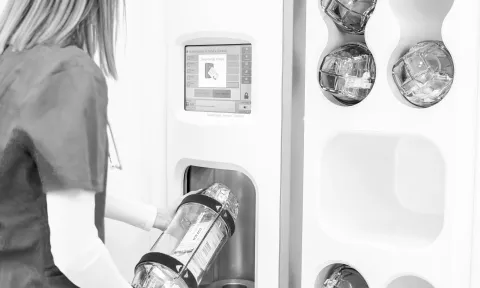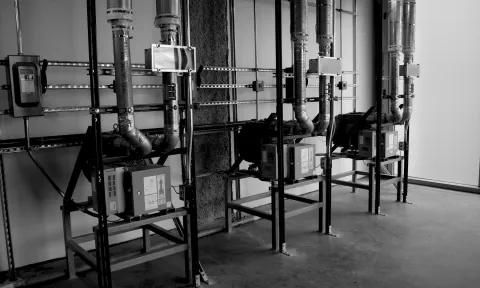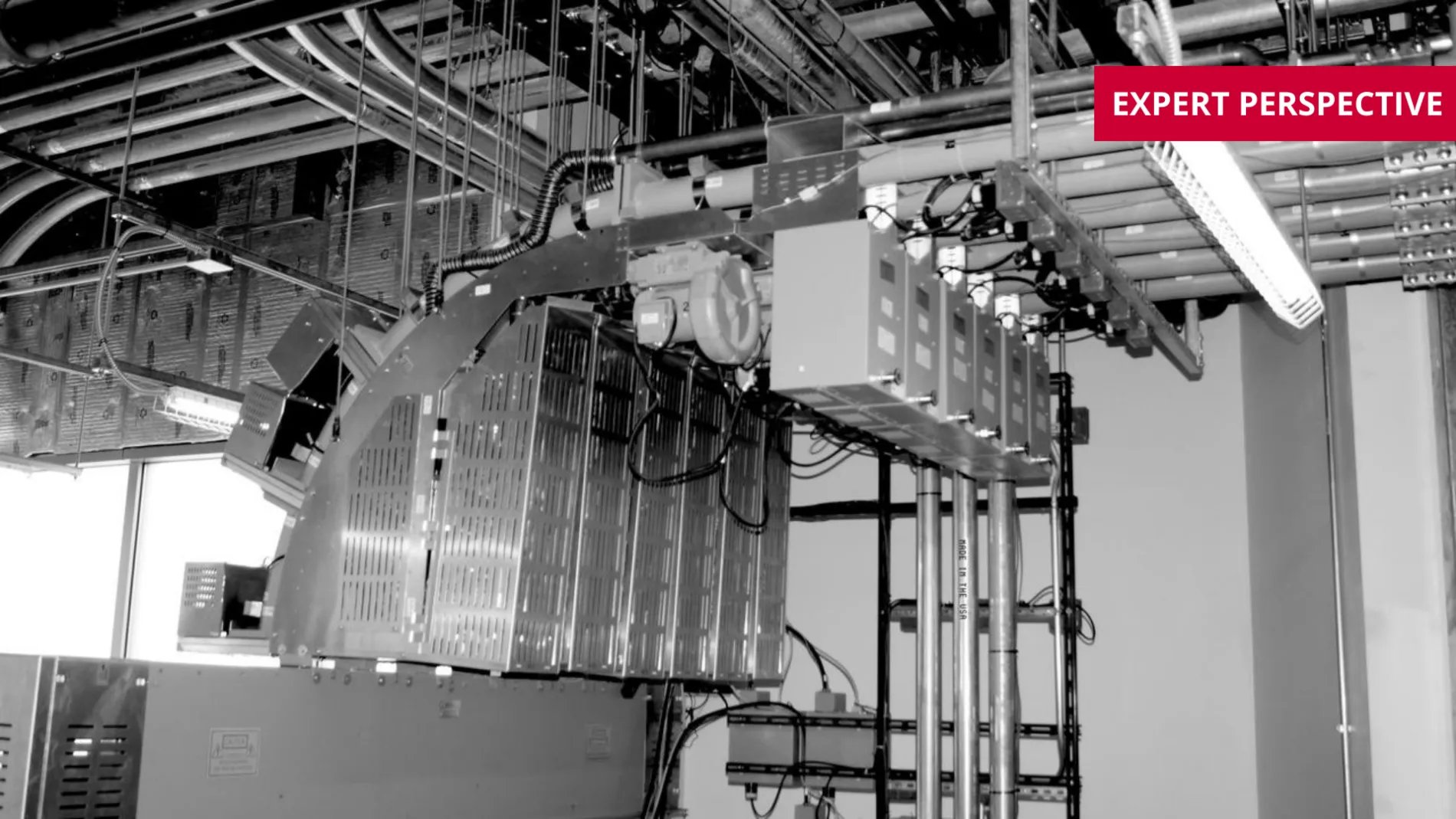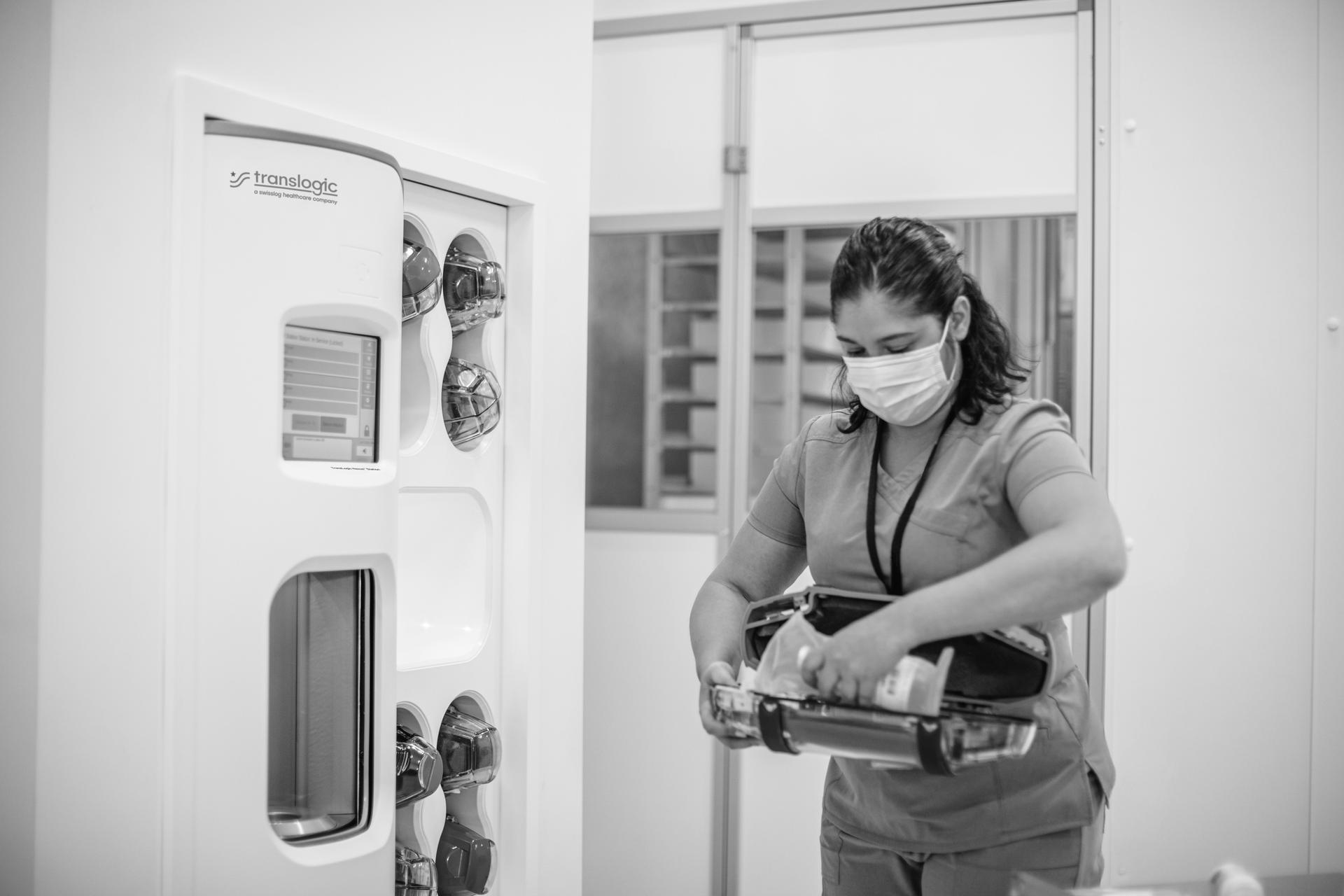You might also be interested in this

Customer Pledge

Superior Transport Automation

Pneumatic Tube System Components


Why Updating Technology Is Necessary For Maintaining Operations
Reading Time: 3 min.
2/1/2024
Susan Saldibar & Scott Fincher
If you walk into any hospital that is more than a few years old, you are bound to find outdated systems. Yet many of them continue to be used, day in and day out, remaining untouched. They seem to run and run without a hiccup. Until one day they don’t. Proper maintenance programs can help with this but we know nothing lasts forever. When critical systems fail, many hospitals see their operations grind to a halt.
Operational technology and integrated hospital systems are key to efficiency. Systems that automate functions and streamline processes form a critical operational backbone of the hospital. They perform an ever widening range of functions from lighting, electrical and elevators to plumbing, HVACs, and pneumatic tube deliveries.
Technologies, such as business automation systems (BAS), provide an array of benefits, including improved energy efficiency, reduction of maintenance and operating costs, and increased productivity (Facilitiesnet).
Between the hardware and software components, operational technologies help ensure that hospitals are running efficiently and that those that rely upon shared information with other systems are connected. They also produce reports that can be used to gauge performance and fix issues before they become major problems.
Despite the critical nature of the services provided in hospitals, many of their platforms are not being properly maintained. Reasons for neglecting hospital system maintenance may include:
Taking the “if it ain’t broke don’t fix it” mentality is risky and expensive. It is well established outside of hospital systems that a “well-oiled machine” runs much longer. Conversely, turning a blind eye to performing maintenance and upgrades to aging hospital systems is dangerous. Whether it’s an HVAC, lighting system, pneumatic tube system, or other building automation technology, this approach can end up costing hospitals thousands to millions of dollars when a system or software component fails because:

A roundtable discussion of manufacturers hosted by Healthcare Facilities Today pointed out that as technologies become increasingly interconnected within operational areas, they are more vulnerable to cyberattacks. These attacks can lead to downtime of key systems, which in turn creates a negative impact on the healthcare facility’s processes.
The threat of a cyberattack is very real inside hospitals. That threat increases with outdated hospital software, especially when used within a network of interconnected systems. A security breach can quickly render an entire operational unit useless.
Once this occurs the search for the location of the breach and how deeply it has impacted operations begins. That alone takes time. Software issues, unlike hardware components, are often not as easily rectified. That downtime means employees resort to manual methods to keep services flowing. This opens the hospital to the potential of human error or procedural bottlenecks, leaving management wondering why they neglected to update or upgrade their systems in the first place.
If you have hospital automation systems that are working but are not being maintained regularly, it is time to reach out to your original supplier. Here’s what they can do to benefit your hospital:
In some cases, your supplier may recommend replacement of the aged-out system. There are a few benefits to doing so (Facilitiesnet):
Your hospital technology must keep up the pace. Regardless of which approach you take, the key is to avoid the temptation to leave your systems alone. While they may seem invulnerable, they are not. Outdated systems make a hospital more vulnerable to operational breakdowns and cyberattacks. With proper planning and foresight, you can ensure that your systems continue to serve the workflow and process needs of your hospital.




Contact our knowledgeable specialists to discover how our range of automation solutions can boost efficiency, reduce costs and enhance care at your healthcare facility.
Contact us